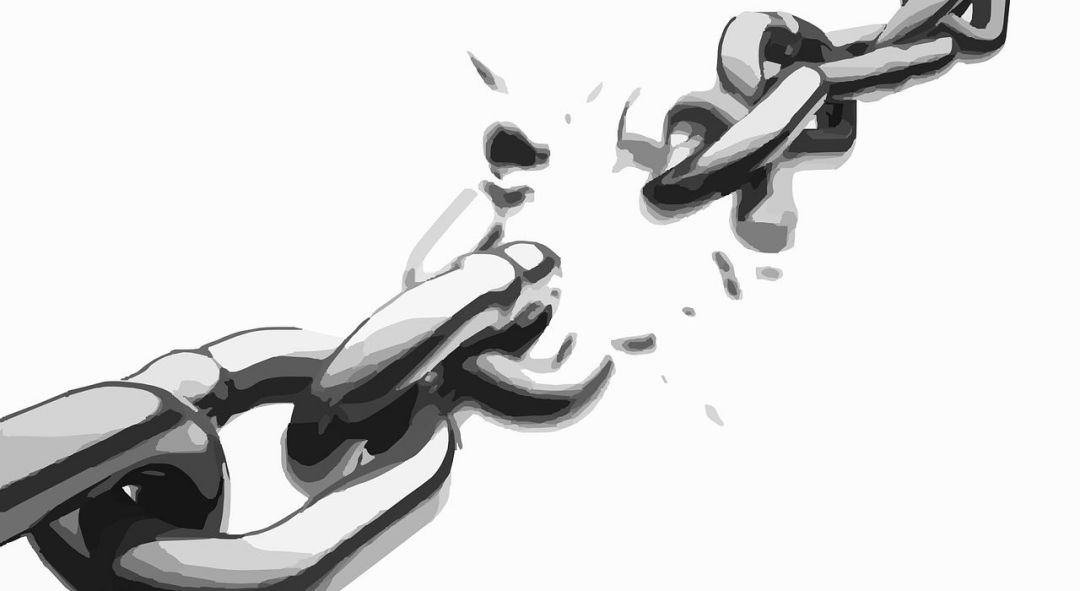In a recent IPR, the PTAB found a chemical formula in the claims not to be fully supported by a provisional application, opening the claims to anticipatory prior art. IPR2020-00349, Paper 53 (PTAB July 15, 2021).
The patented claims related to a battery comprising an additive represented by Chemical Formula 1:

where each of k, l and m is independently an integer of 0 to 20; each of k, l and m are different from each other such that the compound has an asymmetric structure; and n is an integer of 1 to 7.
Chemical Formula 1 itself was identical between the provisional and nonprovisional applications. However, the nonprovisional application added the following statement: “For example, the compound represented by Chemical Formula 1 may be 1,3,6-hexane tricarbonitrile, 1,3,5-hexane tricarbonitrile, or 2,3,6-hexane tricarbonitrile.”
The petitioner argued that a skilled artisan would not have understood the originally disclosed Chemical Formula 1 to encompass the second and third of these exemplary compounds. In particular, 1,3,5-hexane tricarbonitrile does not have a cyano group at position 6 of the hexane backbone. Thus, to map this compound onto Chemical Formula 1 would require a methyl substituent on the main carbon backbone of Chemical Formula 1. Similarly, 2,3,6-hexane tricarbonitrile does not have a cyano group at position 1 of the hexane backbone. To map this compound onto Chemical Formula 1 also would require a methyl substituent on the main carbon backbone of Chemical Formula 1.
The petitioner argued that Chemical Formula 1 is a “bond-line formula” which would be understood in the provisional application to exclude substituents from the backbone -CH2– moieties. The petitioner argued that the inclusion of 1,3,5-hexane tricarbonitrile and 2,3,6-hexane tricarbonitrile as examples of compounds of Chemical Formula 1 in the nonprovisional application broadened the meaning of Chemical Formula 1 to include substituents on the backbone. Because of this, the petitioner argued that the scope of the patented claims was not fully supported by the provisional application.
The PTAB agreed with the petitioner. The PTAB was not persuaded by the patent owner’s argument that the possibility of substituents was implied in Chemical Formula 1 in the provisional application. The PTAB noted other instances within the provisional application where R groups were used to identify optional substituents, and found that “[w]hen the inventors…intended to disclose a chemical formula that permitted substituents to be optionally added, they knew how to do so.”
Since the priority chain from the patent to the provisional application was broken, the PTAB found the claims to be anticipated by prior art that could not be antedated.
Takeaway: Innovation is dynamic, and often continues between the filing of a priority (e.g. provisional) application and a nonprovisional application. New material that is developed within this time generally can be included in the nonprovisional application. Caution is required, however, since the new material can raise an issue of written description support, breaking the priority chain and opening the application or patent to additional prior art.
Judges: Crumbley, Kokoski, McGee

